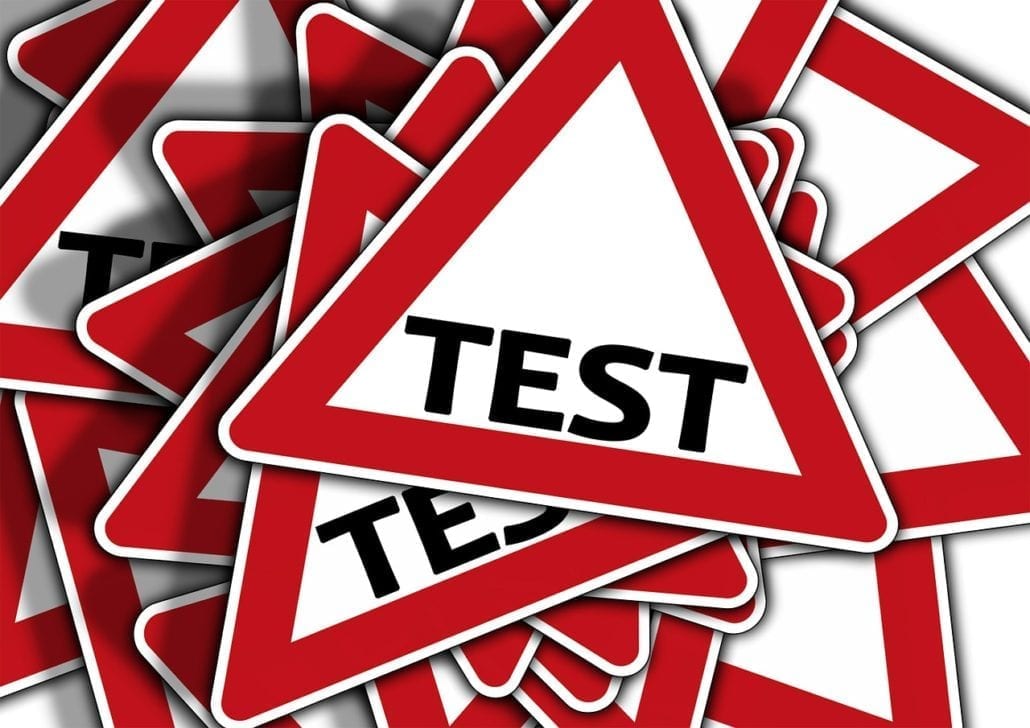Brand Marketing Campaigns That Expose You To New Markets
All businesses want to take territory, either by being first or taking customers away from their competition. The world of business is kind of like a contact sport because you’re aggressively trying to outsell your competition and prove to the world why you’re just plain better than they are. The contact, however, is done with the consumers when you’re trying to convince them that your products and services would make their life more enjoyable and or easy. The battle that is fought in the trenches is the marketing campaign. Exposing your brand to new markets should be treated like a well-orchestrated battle plan. Companies spend a significant amount of time and money on advertising both online and in the real world. Although the world has advanced to a stage that many think only the online presence of a business is important, meeting people face to face, shaking their hand, introducing yourself will never be replaced. Conducting a campaign of brand exposure requires research and assembling of your team.
Photo courtesy of Pexels
Calling the troops
First and foremost you need a call to action. Whether you’re trying to expose your brand to a new market, releasing a new product or service or expanding to another country, you want to give cause to your actions. Every single advertising campaign contact a clear and compelling selling point that moves consumers further down the funnel and closer to the closer. This is called the point of conversion, but it is solely driven by a business that has clearly defined where it is coming from, why the customer should buy their product and how this would improve their life.
It starts off in the boardroom, where all the heads of departments from your business assemble. Here you will stand your troops to attention. Outline clearly your goal for a new product or marketing campaign and spell out your expectations of each member. Each department must have their own section in the call to action brief. In the documents, you must outline how they will work together, what their roles are and the deadlines for everyone to aim for.
Tactile online consumers
It’s crucial you have a compelling message to put across to the audience. This means you need to identify the right fighting grounds, such as online and marketing face to face. In the online world, you should focus and study on how your competition conducts their advertising campaigns. Their motives, target audience, unique selling point, and methodology should be worded in the documents you give to your own marketing team. Take inspiration from a successful brand, but don’t copy and paste their ethos onto yours.
With any digital platform, messaging is critical as it’s the key component when communicating with potential customers. You don’t need a lot of copy space and even a lot of funds to create a campaign that catches the attention of most browsing consumers. You need a compelling, short, sharp message, but at the same time, doesn’t seem rushed or underhanded. Clickbait is dying out, but emotional marketing is rising faster than anything else. Connect your product or service with something meaningful to the majority of consumers.
Photo courtesy of Pixabay
Real world imagery
The image of your business will nowhere be most tested than in the real world, because you’ll be out in the open, interacting with all kinds of consumers. You can hire a third party marketing team to go out far and wide for your company, but using your own marketing employees is the best option because they know the business from the inside. Apart from having employees distribute and conduct questionnaires on the streets, you could also use high traffic events to reach and expose your brand to new customers.
With a modern screen printing exposure unit, this technology can print off intricate t-shirt designs that are one-of-a-kind. By taking your business to a festival or musical event, you can give these t-shirts away as prizes at your stall. For the testing and feedback of new products and services at these festivals done by customers, these t-shirts can be the reward. People will be wearing your brand logo with perhaps your website or social media accounts on the t-shirt. Essentially, it’s free and long lasting marketing done by consumers themselves. Each staff member should have these t-shirts on while they conduct interviews, introduce themselves, selling products and generally mingle with the crowd.
Photo courtesy of Pixabay
Test, understand, test again
When testing your marketing strategy on consumers, it can be a very nerve wracking time. Sometimes arbitrary factors have an adverse impact on your campaign, even though the idea and implementation are sound. Don’t let this discourage you and know that this is the exact reason why you should test and test again. Advertisements may look good on paper, they may even look good when finalized, but it all depends on how they’re taken by the consumer. This is why it’s important to test your marketing strategy before it goes live. It’s critical you pay attention to the fluctuations of negative and positive responses to digital advertisements.
A great way to keep ahead of the curve is to monitor your social media accounts, and see how users are responding to your campaign. You should be using a unique hashtag, so whether you’re on Facebook, Instagram, Twitter or any other large community-based news sharing website, you’re accurately tracking the criticisms you receive. A key factor in not wasting resources and time is to make sure that through the correct algorithm, your advertisements aren’t popping up on consumers that are more than likely not to be interested, especially if you’re in a very specific industry. Marketing campaigns that outright, inadvertently target the wrong type of person, purely eat away at your bandwidth and funds.
Brand marketing campaigns should be treated as a battle plan. You’re going to be contacting consumers from around the world, and first impressions count. The world moves fast, and it’s unfortunate to admit, but you only have one chance to get it right. Assemble your team, make sure they’re notified and informed by a well-written and clear, call to action. Monitor and test your campaign strategy and never think that real world marketing is dead. Present yourself and the brand in public, and show your competition you’re taking them head on by communicating with all consumers in high traffic locations.
















Leave a Reply
Want to join the discussion?Feel free to contribute!